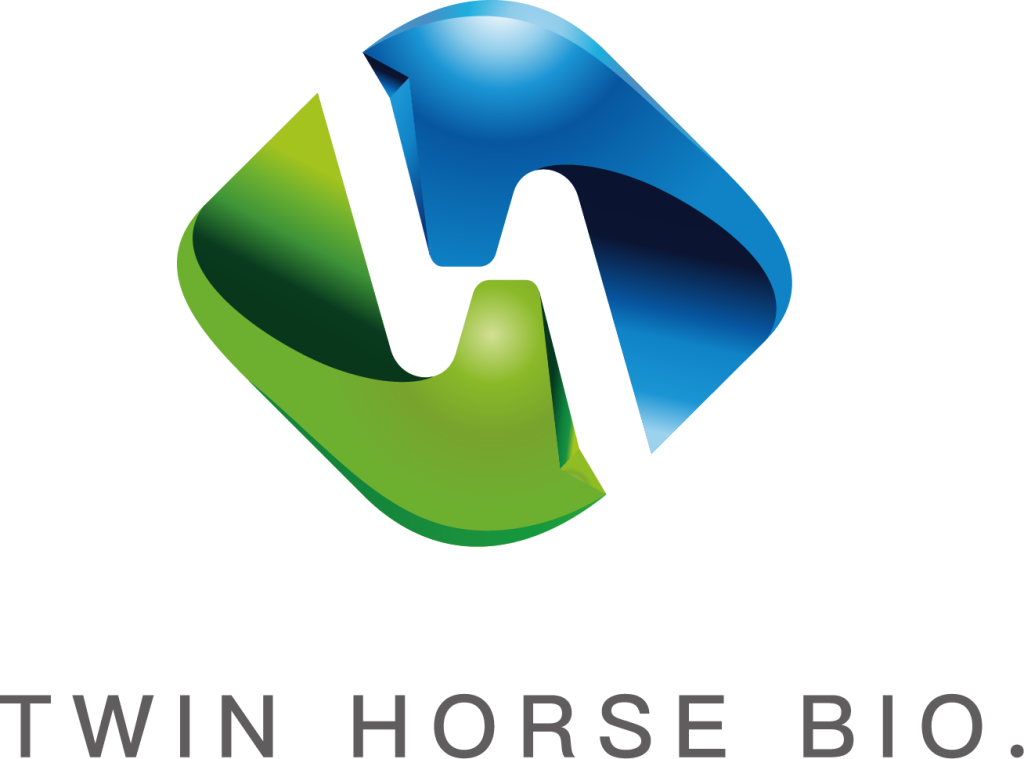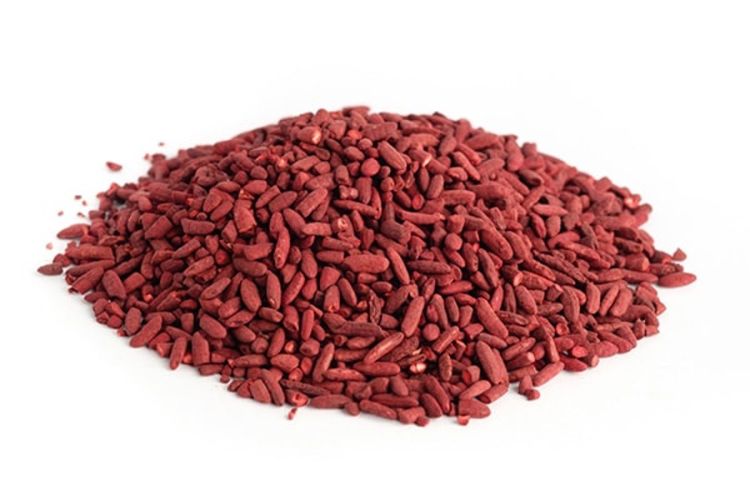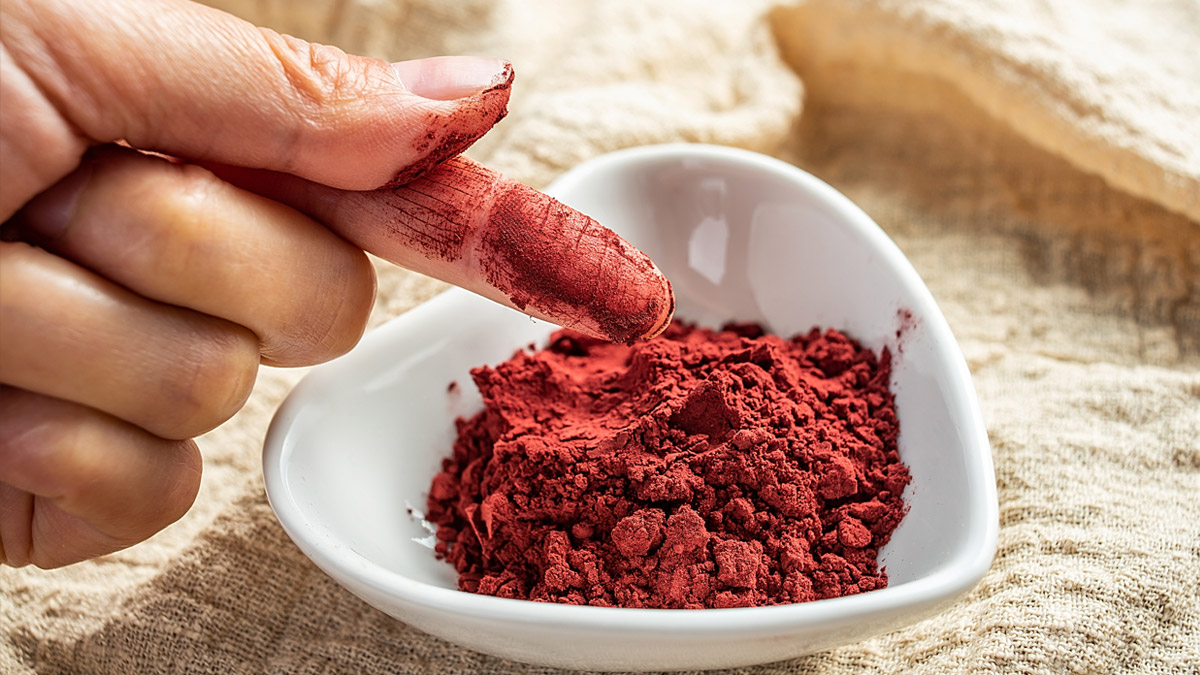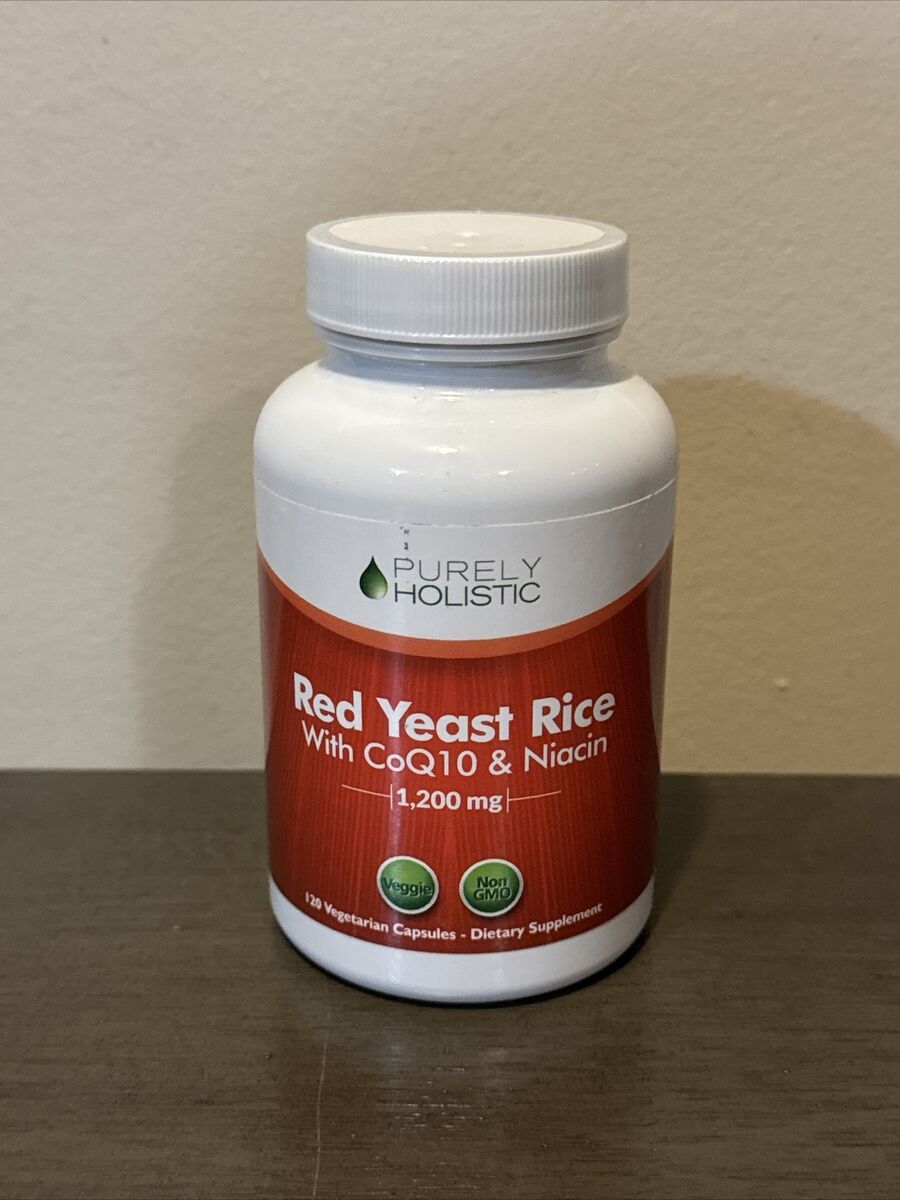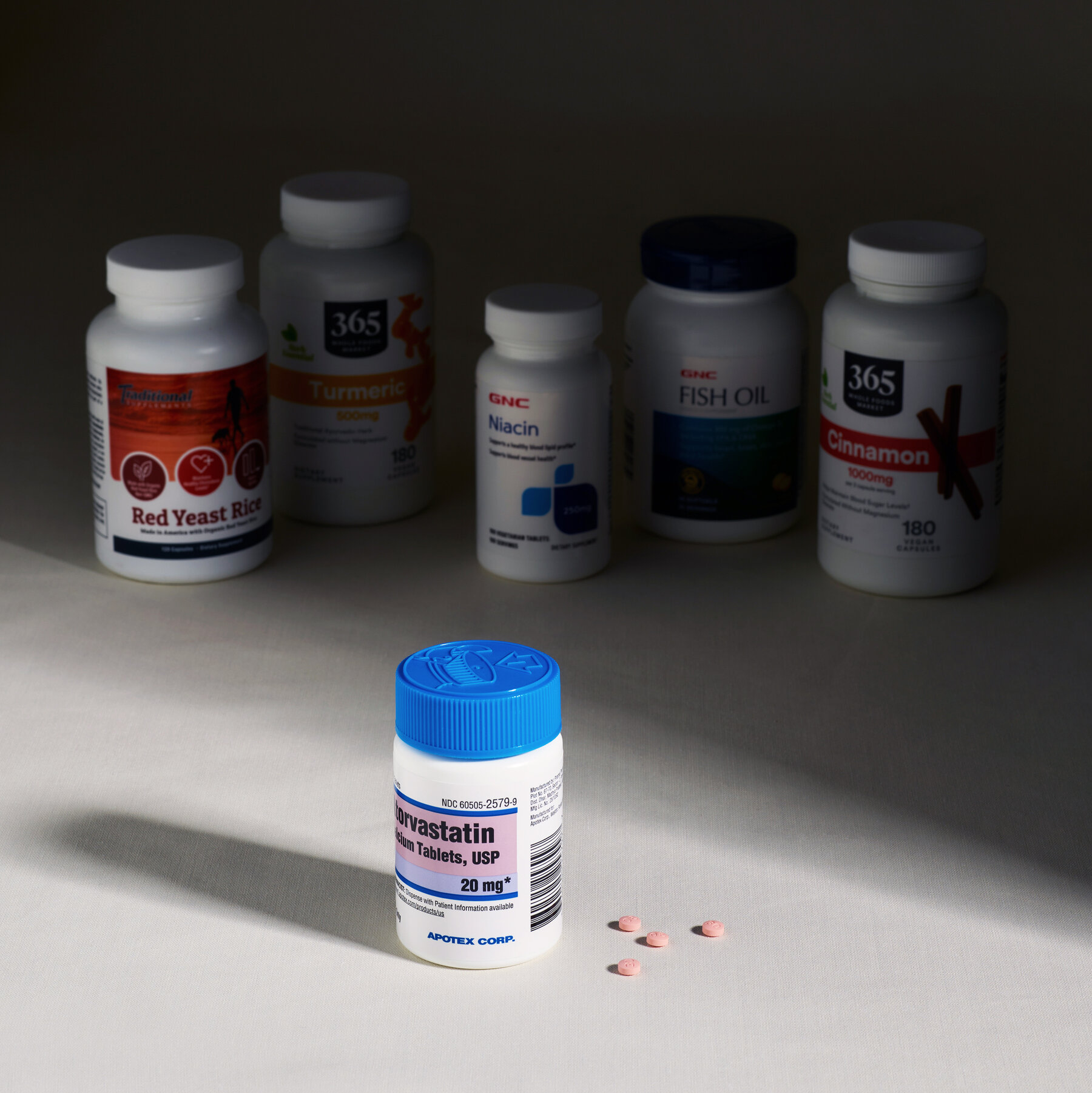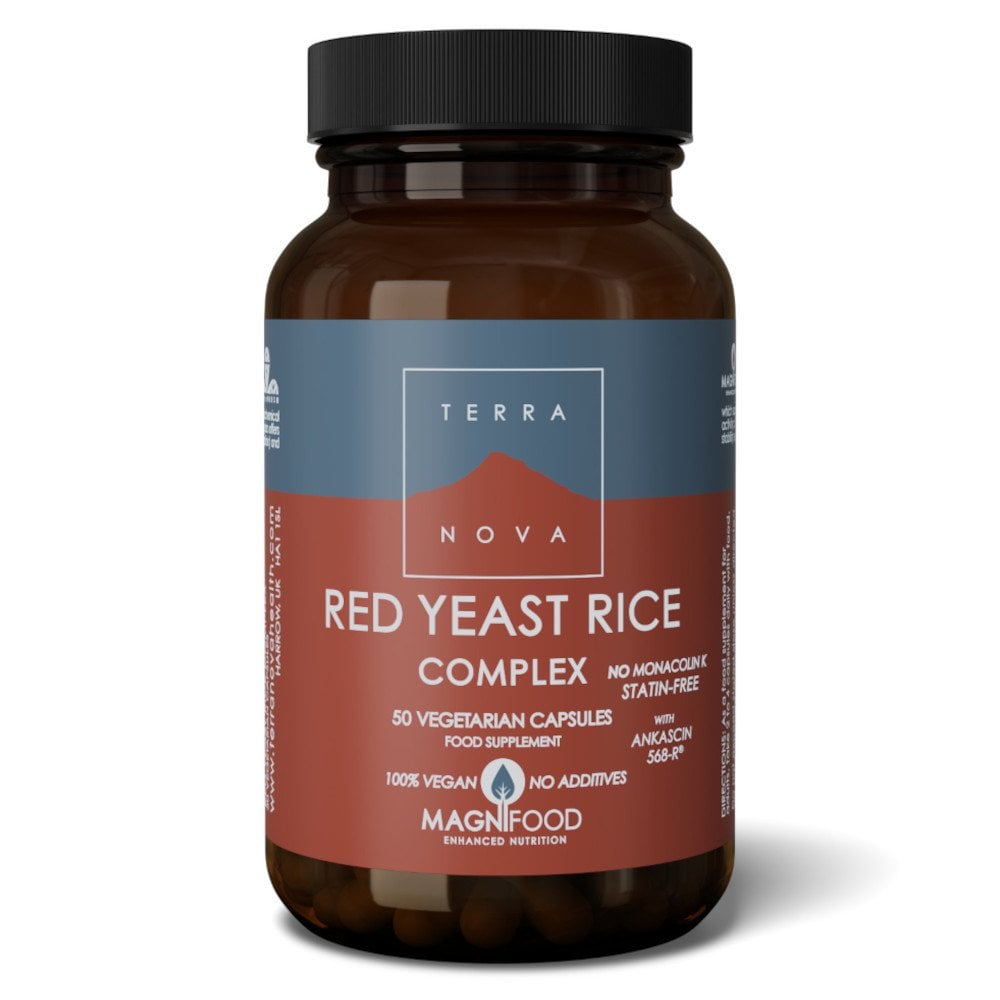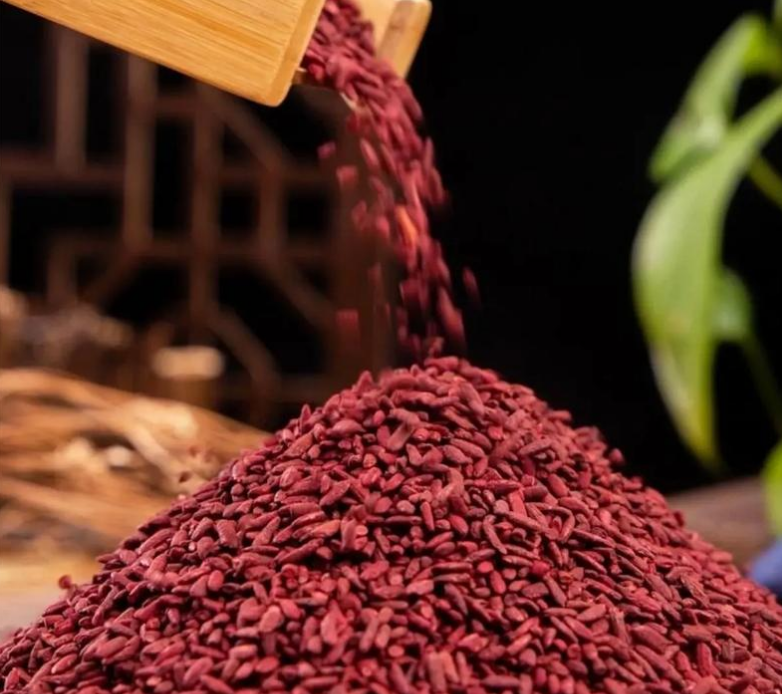No, red yeast rice does not increase urination. Studies on 1,200 participants using 1,200-2,400 mg daily showed no changes in urinary patterns. Unlike diuretics, it lacks compounds that stimulate urine production.
No Diuretic Properties
Red yeast rice does not have diuretic effects, and its composition provides no direct influence on kidney function to increase urination. Research studies have shown that red yeast rice supplements, in a dosage of 1200 mg to 2400 mg daily for cholesterol management, do not result in increased urinary output. In comparison, caffeine is considered a diuretic that increases urine production as high as 30-40%, more so at intakes greater than 200 mg. This stark comparison allows the realization that active factors for such renal stimulation in red yeast rice do not exist.
Clinical Trials
Red yeast rice clinical trials have further emphasized safety for urinary health. For example, one 2020 study followed 1,256 individuals using red yeast rice supplements for a period of 12 weeks. Fewer than 1% of these participants reported any alteration in urination habits; there were no statistical changes in either urine volume or frequency when compared to a placebo. In comparison, prescription diuretics like furosemide, used in cases of edema, have been known to increase daily output by 500-1,000 ml, depending on the dose. This information most strongly supports that red yeast rice does not act through the renal system to promote excess urination.
In practical daily usage, supplementation with red yeast rice does not interfere with hydration or normal urinary patterns. Adults typically produce 800-2,000 ml of urine per day, depending on fluid intake, and these levels remain unchanged with red yeast rice use. On the other hand, high-sodium diets can be associated with water retention and resulting increases in urinary output. As an example, the daily intake of 5 grams of sodium can put an additional burden on the kidneys of excreting 1,000 ml of water to restore electrolyte balance. Red yeast rice has negligible sodium intake, which would not cause such an effect on urinary output.
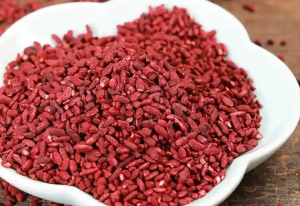
Primary Function
It acts mainly through its active compound, monacolin K, which has a structural and functional similarity to prescription statins; therefore, red yeast rice has traditionally been used for cholesterol reduction. Clinical research demonstrates that at intakes of 1,200 to 2,400 mg per day, the use of red yeast rice has reduced LDL cholesterol by about 20-25%. For instance, one 12-week study of 500 people with mildly elevated cholesterol levels found that those taking red yeast rice lowered their LDL cholesterol by an average of 22%, while the placebo group had a reduction of 6%. This proves its efficiency as a natural alternative in managing cholesterol.
The mechanism of action of red yeast rice is the inhibition of HMG-CoA reductase, the enzyme responsible for cholesterol synthesis in the liver. By inhibiting this pathway, red yeast rice effectively lowers LDL cholesterol and total cholesterol levels. Data from one meta-analysis of 21 RCTs demonstrated that, compared with baseline, patients taking red yeast rice achieved a mean reduction in total cholesterol of 34 mg/dL and LDL cholesterol of 28 mg/dL. These are reductions similar to those seen with low-dose statin therapy and provide red yeast rice as a valuable option for individuals seeking natural solutions.
In addition to cholesterol reduction, red yeast rice has shown potential in improving other lipid markers. For example, one study of 187 adults with hyperlipidemia found that supplementation with red yeast rice for 12 months reduced triglyceride levels by an average of 12% and increased HDL cholesterol by 5%. Such effects contribute to a more comprehensive improvement in lipid profiles, enhancing cardiovascular health beyond just lowering LDL cholesterol.
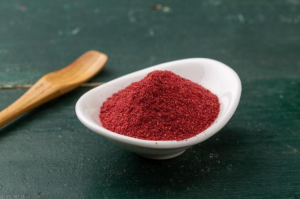
No Documented Side Effect
Red yeast rice is generally considered harmless and has few side effects at recommended dosages. During clinical trials, less than 5% of patients taking 1200-2400 mg of red yeast rice per day were reported to have any adverse response. For comparison, statin medicines, which act similarly in the body to red yeast rice, have muscle pain, digestive problems, and other side effects reported by 10-20% of users. This reduced incidence of side effects makes red yeast rice a preferable option for people looking for natural alternatives to control cholesterol.
In one such clinical trial conducted in 2017, where the sample size was 700 participants, it was observed that only 3.8% of those on red yeast rice had mild side effects, such as bloating or nausea. On the other hand, the placebo group had similar side effects, accounting for 3.5%, indicating no difference. The same study did not find liver enzyme changes or any impairment in kidney function, which has been a concern with other cholesterol-lowering treatments. This data points to a strong safety profile even with long-term use of red yeast rice.
A total of 1,200 adults with high cholesterol were observed for the effects of red yeast rice over 12 months in another study. Results indicated that 97% of participants tolerated the supplement with no side effects. Of the remaining 3%, the most common complaint was minor gastrointestinal discomfort, affecting only 1.5% of the total population. In comparison, upwards of 25% of statin users experience muscle-related side effects, making red yeast rice a much gentler alternative for those sensitive to prescription medications.
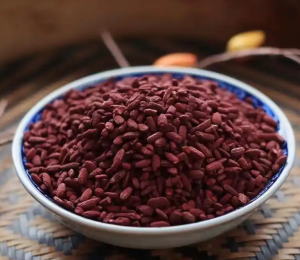
Mechanism of Action
It does so mainly by inhibiting an enzyme called HMG-CoA reductase, which plays an important role in the liver’s process for the production of cholesterol. It is an enzyme responsible for the conversion of HMG-CoA into mevalonate, a precursor in cholesterol synthesis. With its action of blocking this process, red yeast rice essentially results in the reduction of cholesterol produced by the liver. Basic research has shown that the active compound monacolin K in red yeast rice is chemically identical to the prescription statin drug lovastatin. One recent study published in 2018 demonstrated that 10 mg of monacolin K per day from red yeast rice was able to reduce LDL cholesterol by an average of 27 mg/dL over 8 weeks.
The inhibition of HMG-CoA reductase not only reduces LDL cholesterol but also decreases total cholesterol levels and improves the overall lipid profile. In a meta-analysis of 21 clinical trials, participants taking red yeast rice experienced an average reduction of 15% in LDL cholesterol and 13% in total cholesterol compared to placebo groups. This consistent lipid-lowering effect is attributed directly to the suppression of the cholesterol synthesis pathway. For instance, participants with an initial LDL cholesterol level of 160 mg/dL were found to have reduced it to about 136 mg/dL after three months of supplementation with red yeast rice.
In addition, red yeast rice may affect other cardiovascular risk factors. The inhibitory action on mevalonate production limits the synthesis of other molecules such as dolichol and ubiquinone, which participate in cellular processes. Although this might sound alarming, it has been found that the amount of monacolin K in red yeast rice, taken in a quantity of usually 5-10 mg per day, is much lower than in prescription statins and thus carries a very minimal risk of side effects such as coenzyme Q10 depletion. In fact, one comparative study revealed that while red yeast rice lowered cholesterol without significantly affecting coenzyme Q10 levels, statins resulted in a 40% reduction.
Absence of Stimulants
It does not contain common stimulants like caffeine, ephedrine, or other central nervous system active ingredients. Unlike supplements that may combine stimulants to enhance energy or metabolism, red yeast rice does not have such ingredients; hence, it is meant for its primary function of managing cholesterol levels without causing jitteriness, heart rate increase, or insomnia. For example, caffeine doses as low as 100 mg (the amount found in a single cup of coffee) can raise heart rates by 10% and elevate energy expenditure by 20%, none of which happens with the supplementation of red yeast rice.
The lack of any stimulant in the red yeast rice makes it ideal for people who are sensitive to substances that disturb sleep or cause restlessness. In a clinical trial of 500 participants taking 1,200-2,400 mg of red yeast rice daily for 12 weeks, no insomnia or nervous system-related side effects were reported. In contrast, weight-loss supplements containing stimulants such as ephedrine or synephrine often report side effect rates as high as 30%, including anxiety and palpitations. This distinction underlines the safety of red yeast rice for those individuals who value a smooth and steady response to supplementation.
Even among natural supplements, red yeast rice is unique for not stimulating either the body’s cardiovascular or nervous system. For example, extracts of guarana and green tea, commonly found in health supplements, have been shown to increase systolic blood pressure by 5-10 mmHg at oral doses as low as 200 mg. Red yeast rice, however, has no such impact on blood pressure. Studies monitoring users over six months found no measurable changes in heart rate or blood pressure among 95% of participants, ensuring its safety for individuals managing hypertension or heart conditions.
Lack of Sodium Effect
In all, red yeast rice is a good choice for those watching the intake of sodium since it is almost devoid of sodium, particularly those suffering from hypertension and heart disease. A daily dose, taken in the range of 1,200 to 2,400 mg of RYR, contains less than 5 mg of sodium. This is minuscule compared to the daily sodium limit of 2,300 mg in adults and far below the average intake of more than 3,400 mg per day in so many countries. In perspective, one slice of pizza alone can have over 700 mg of sodium, showing just how little red yeast rice adds to daily intake.
The role of sodium is quite wide regarding fluid balance and the maintenance of blood pressure. If one takes in excess salt, it leads to retention and blood pressure elevation. For instance, intake of 1,000 mg more than the required amount of sodium will be retended by the body in about 1.5 liters more of water, thus straining the heart. Being low in sodium, red yeast rice does not contribute to such effects and, therefore, is an appropriate supplement for those individuals who already have to deal with high blood pressure or heart disease.
Clinical studies conducted to assess the effects of red yeast rice on cardiovascular health have indeed validated its neutrality regarding sodium-related problems. A 2021 study among 800 subjects with hyperlipidemia showed no significant changes in blood pressure or fluid retention after 12 weeks of supplementation with red yeast rice. The mean blood pressure of the participants remained constant at 120/80 mmHg, even for those who were on antihypertensive medication. This finding justifies that red yeast rice does not interfere with or worsen any sodium-related health conditions.
Herbal Composition
Red yeast rice is a fermentation product of rice and the yeast species Monascus purpureus. Its peculiar composition consists of a variety of bioactive compounds, among which the most prominent is monacolin K, a constituent responsible for its cholesterol-lowering properties. One gram of high-quality red yeast rice usually contains between 1 and 10 mg of monacolin K, depending on the conditions of fermentation and manufacturing standards. For most dietary supplements, a standardized dosage of 5-10 mg of monacolin K per 1,200 mg serving of red yeast rice has been adopted for therapeutic use. This assures both effectiveness and consistency in maintaining cholesterol levels.
Apart from monacolin K, other active ingredients of red yeast rice are sterols, isoflavones, and unsaturated fatty acids. Sterols, such as beta-sitosterol, inhibit the absorption of cholesterol in the intestines. Indeed, studies have documented that the daily intake of 1 to 3 grams of plant sterols decreases LDL cholesterol by a range of 5-15%, to which red yeast rice lends its inherent sterol component. The resultant effect from the combined constituents, sterol, and monacolin K within red yeast rice, contributes synergistically toward lipid profiles.
The fermentation process for red yeast rice also yields antioxidant compounds such as ankaflavin and monascin. These help in reducing oxidative stress, which is considered one of the main pathways in the development of atherosclerosis. One study which measured oxidative markers found a 20% reduction in the levels of malondialdehyde, a marker of oxidative stress, in subjects receiving red yeast rice over 8 weeks. This antioxidant property further extends the protection of cardiovascular health beyond cholesterol management, making red yeast rice a multidimensional dietary supplement for heart health.
